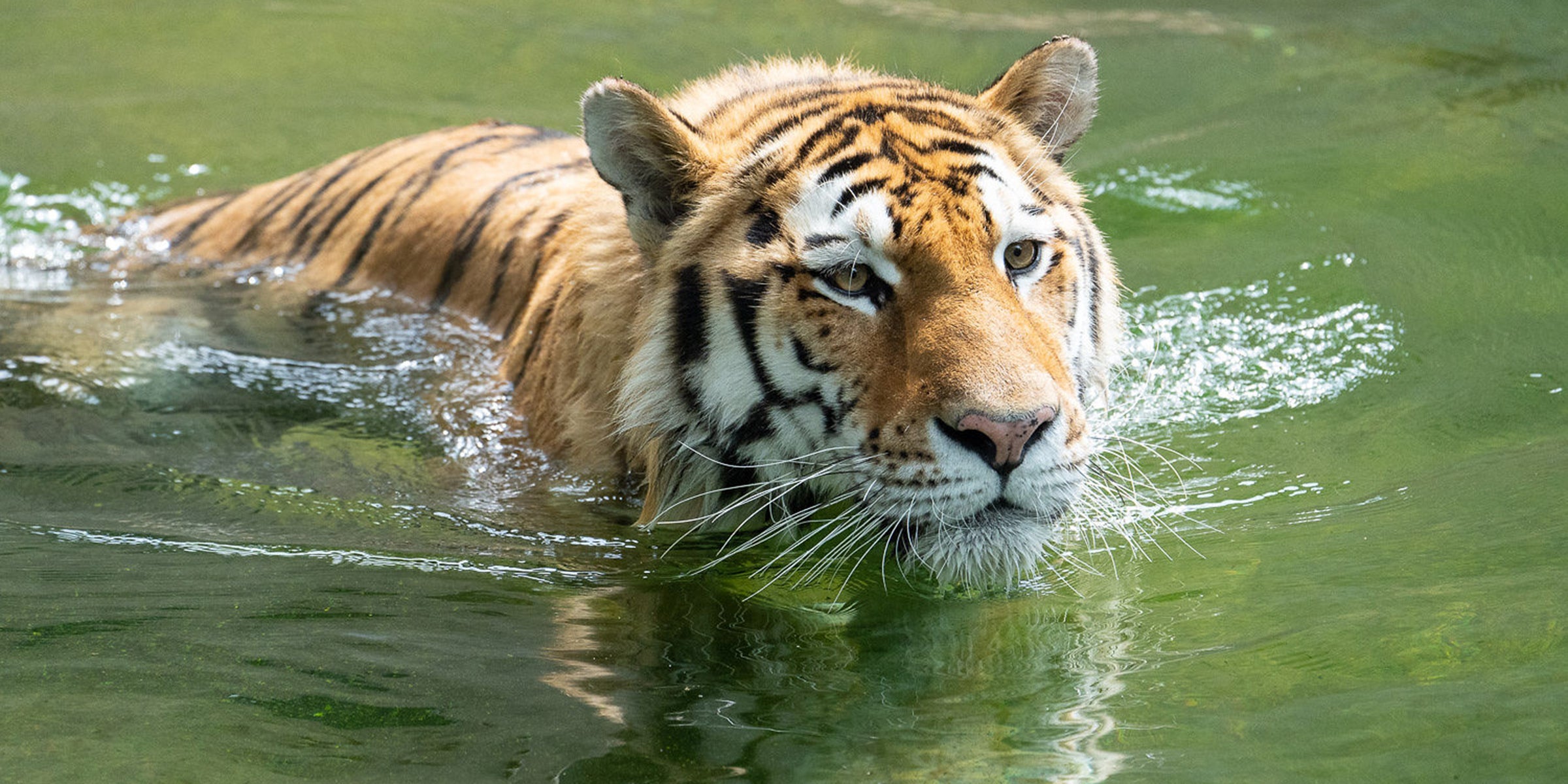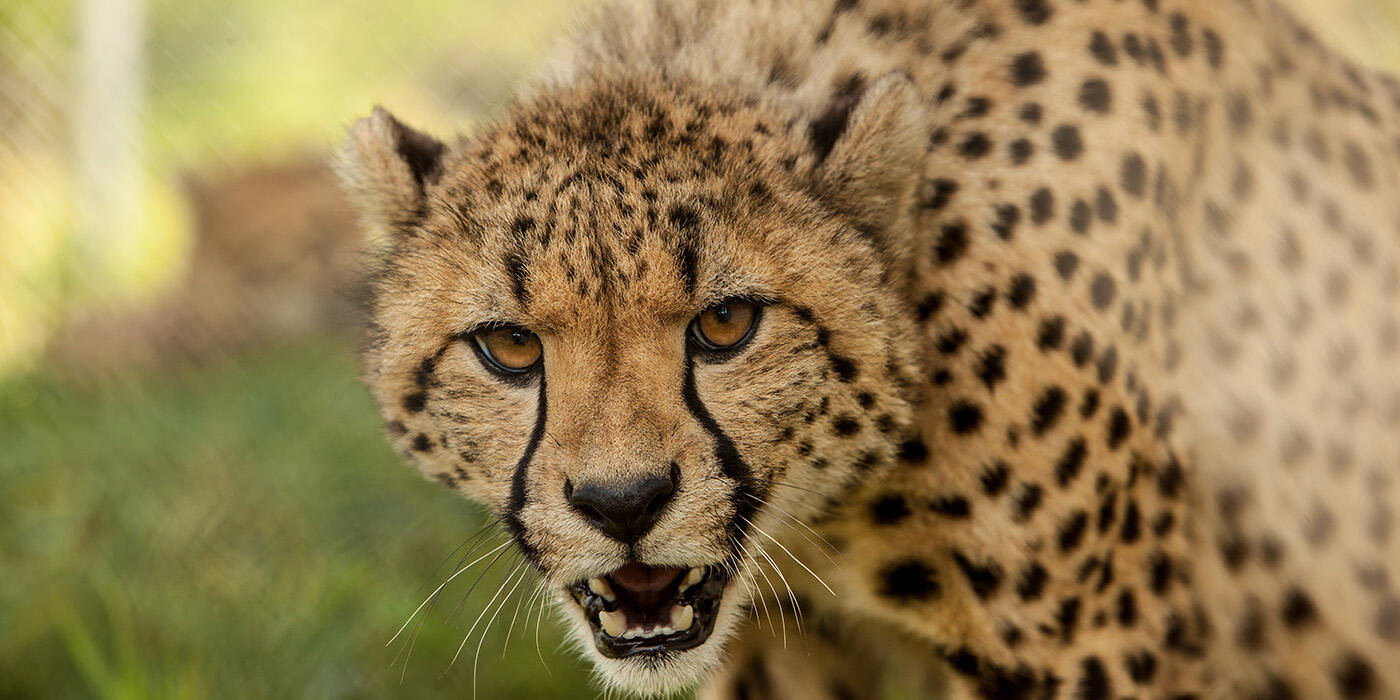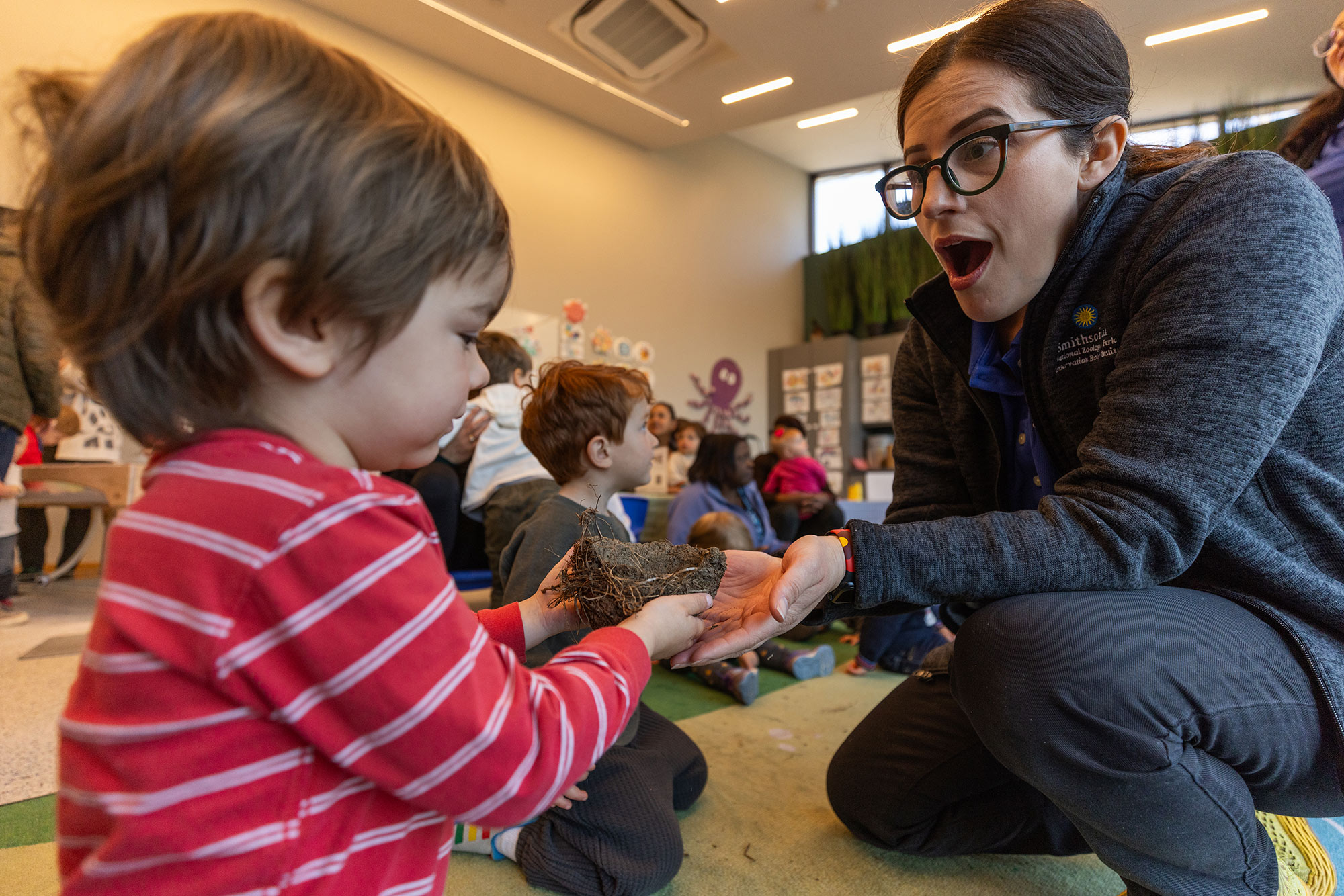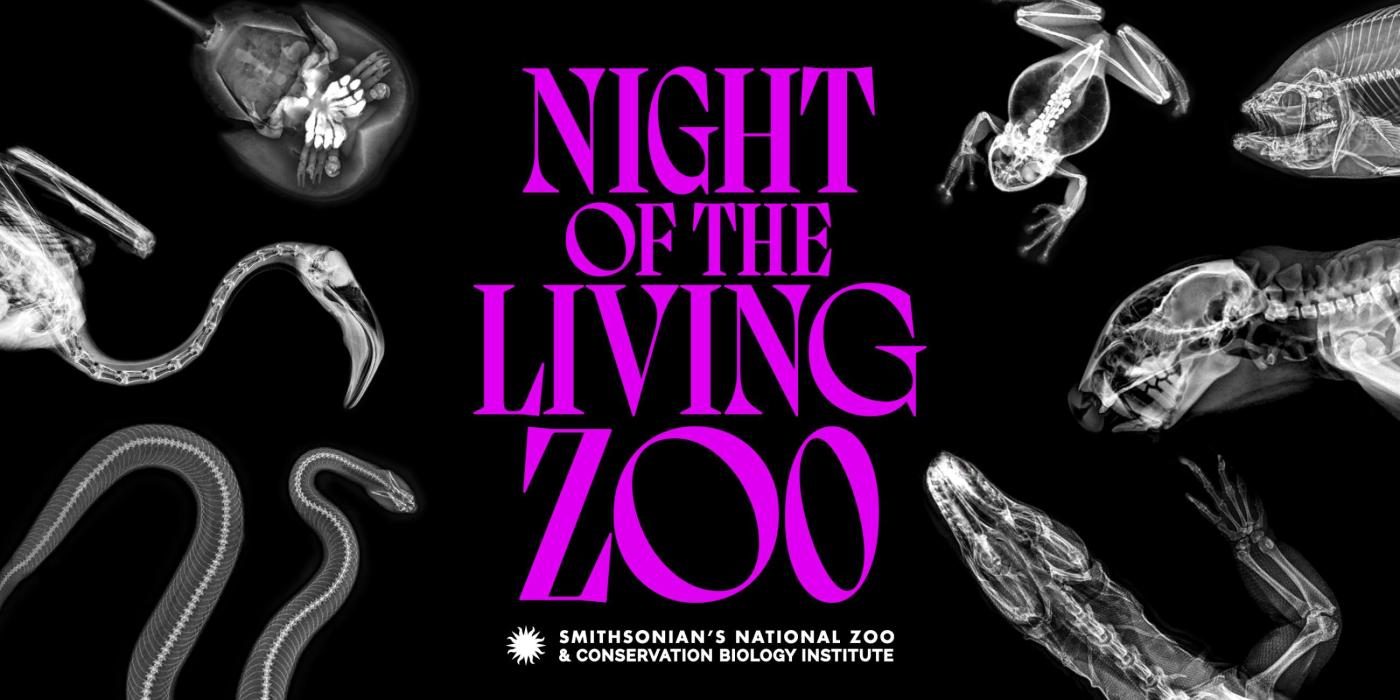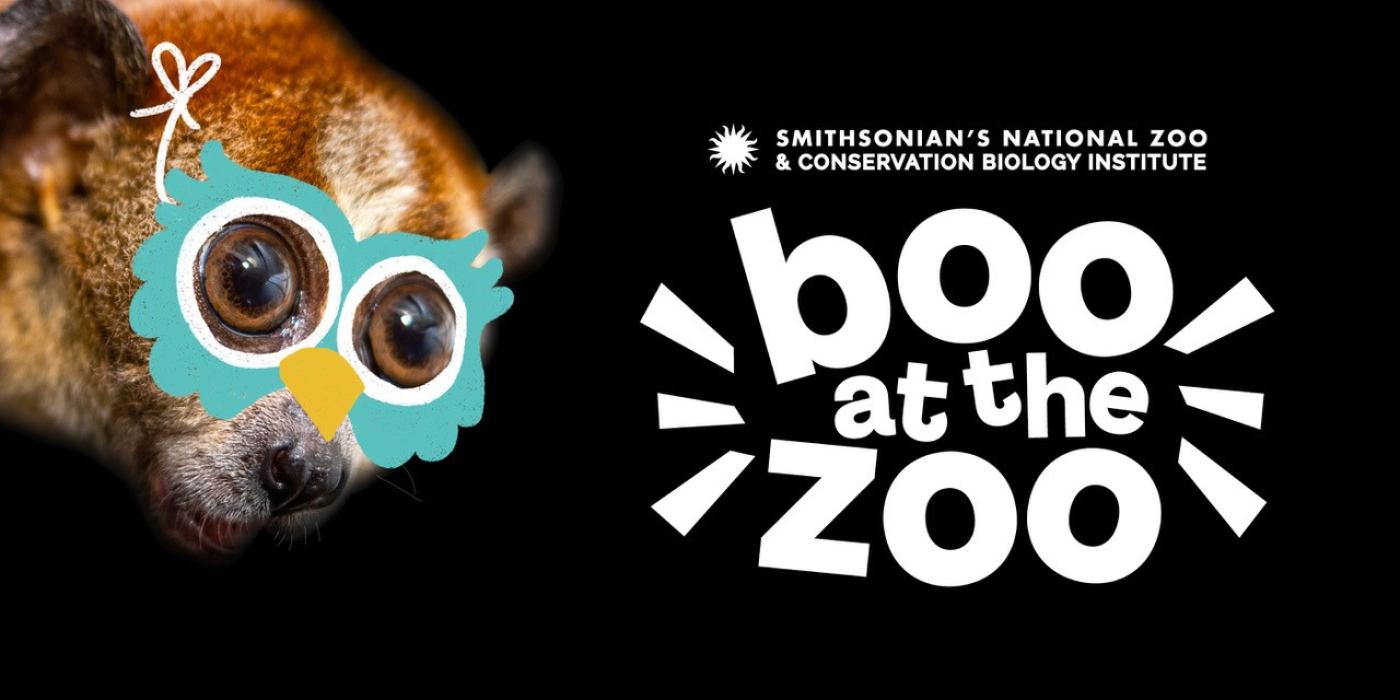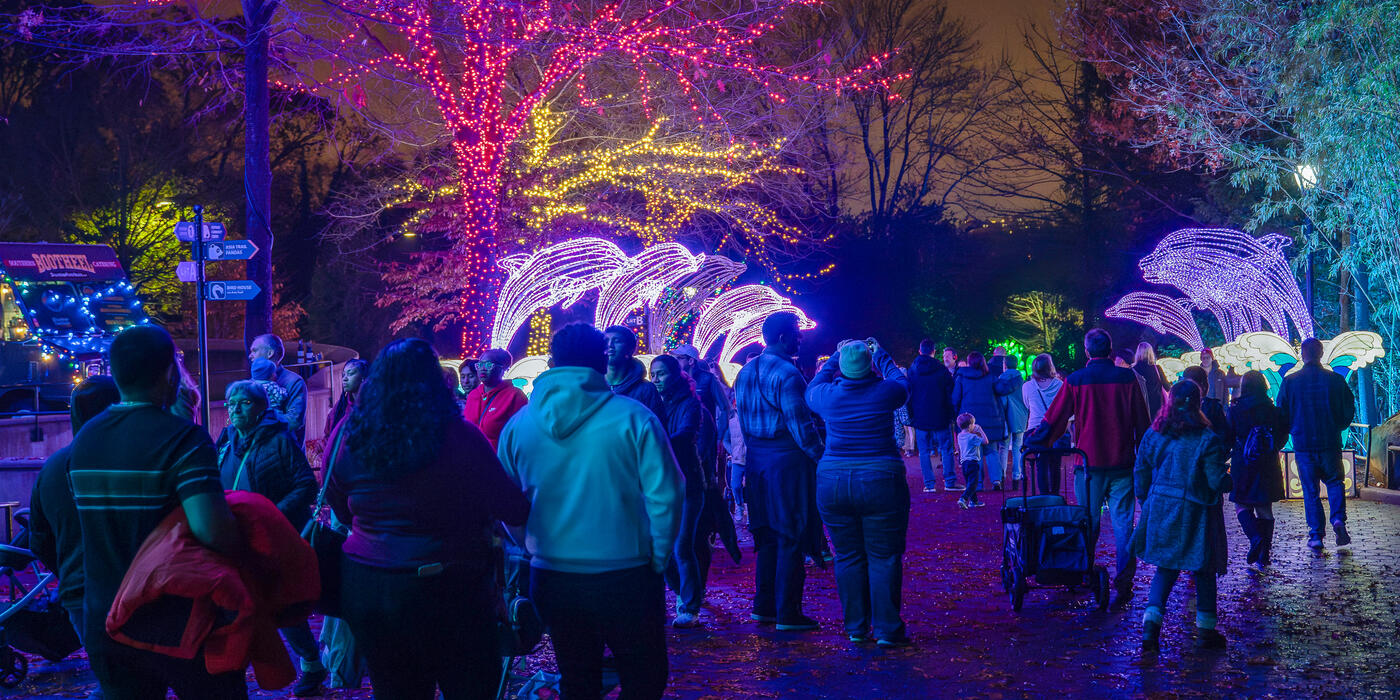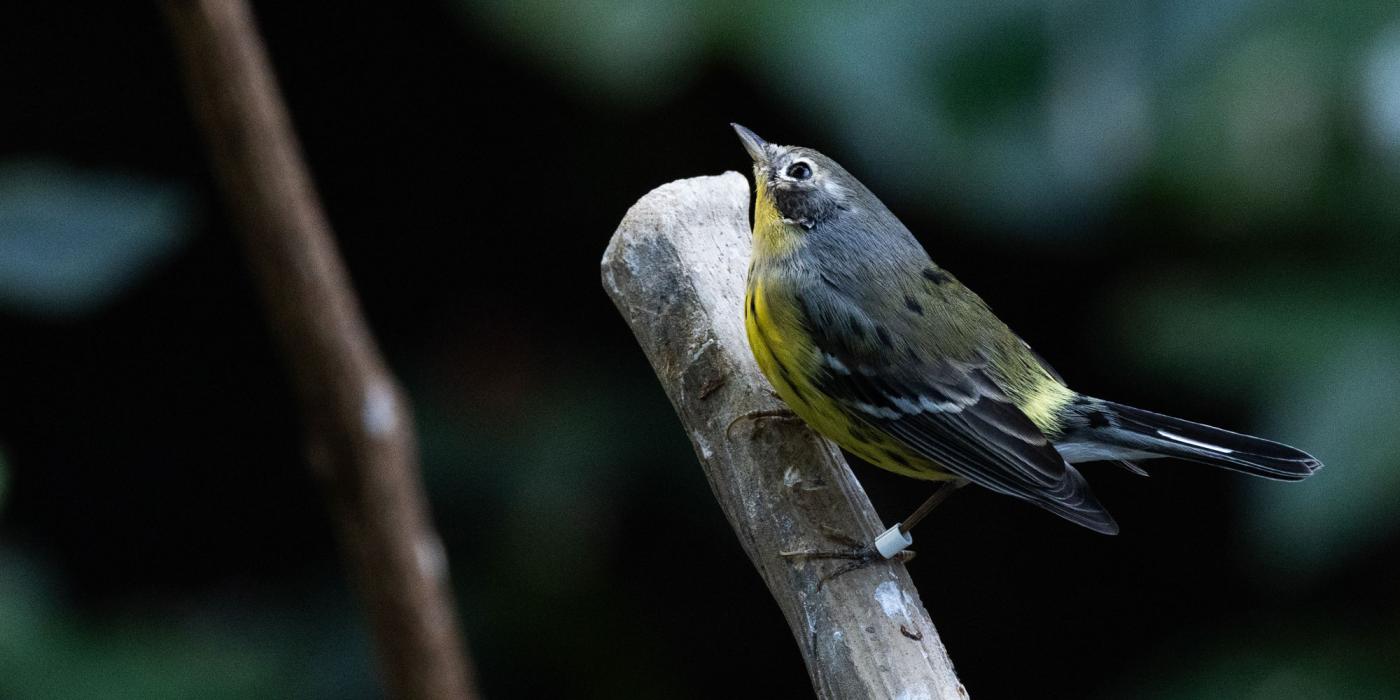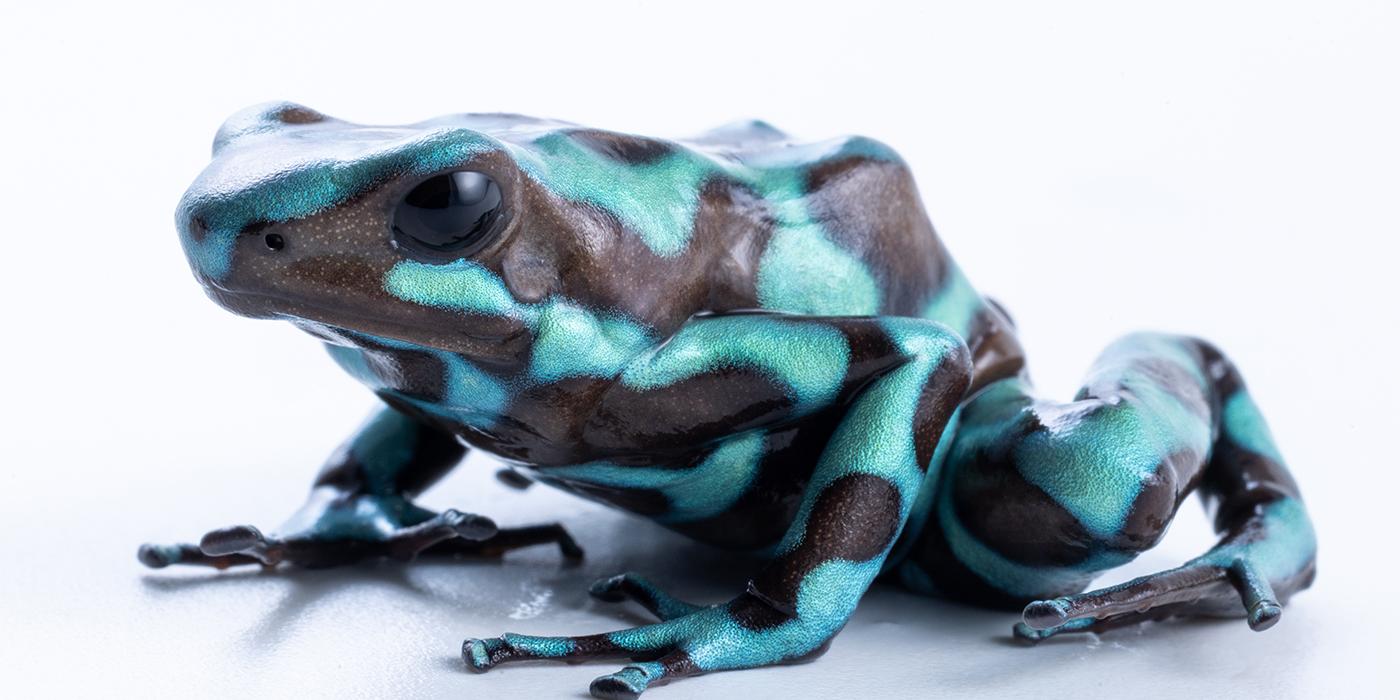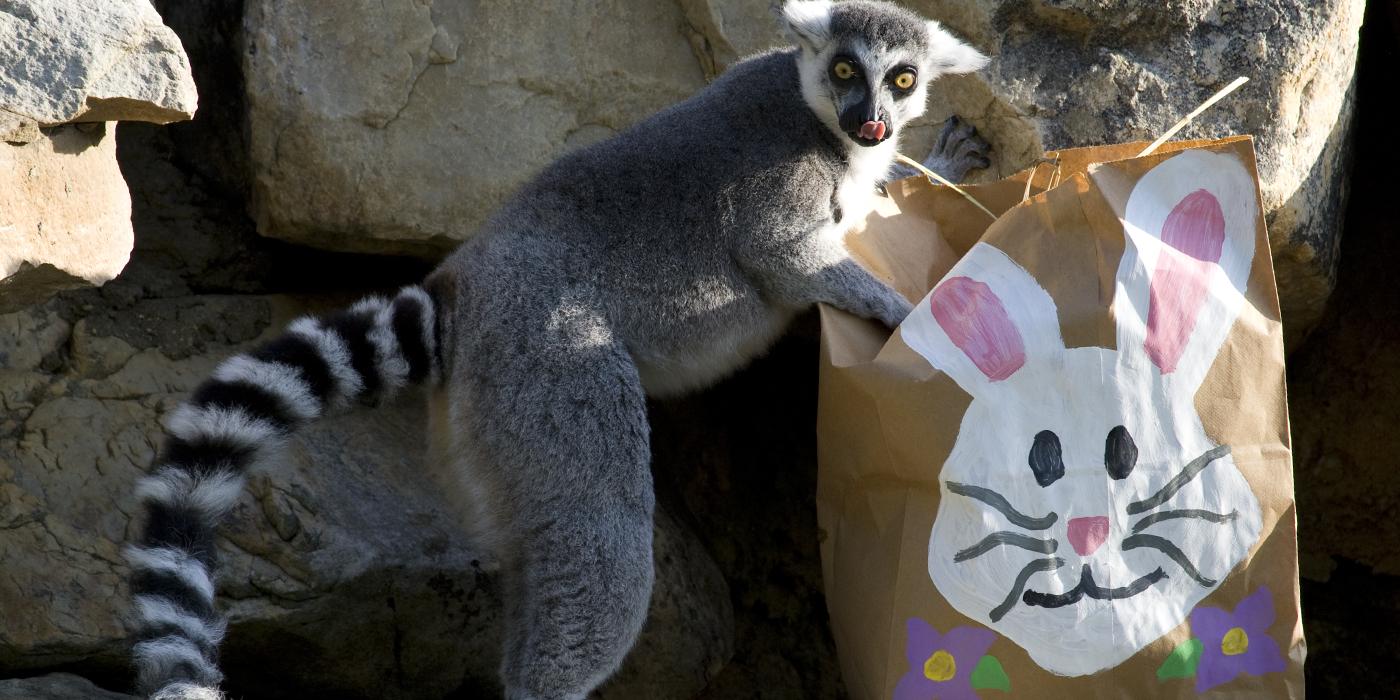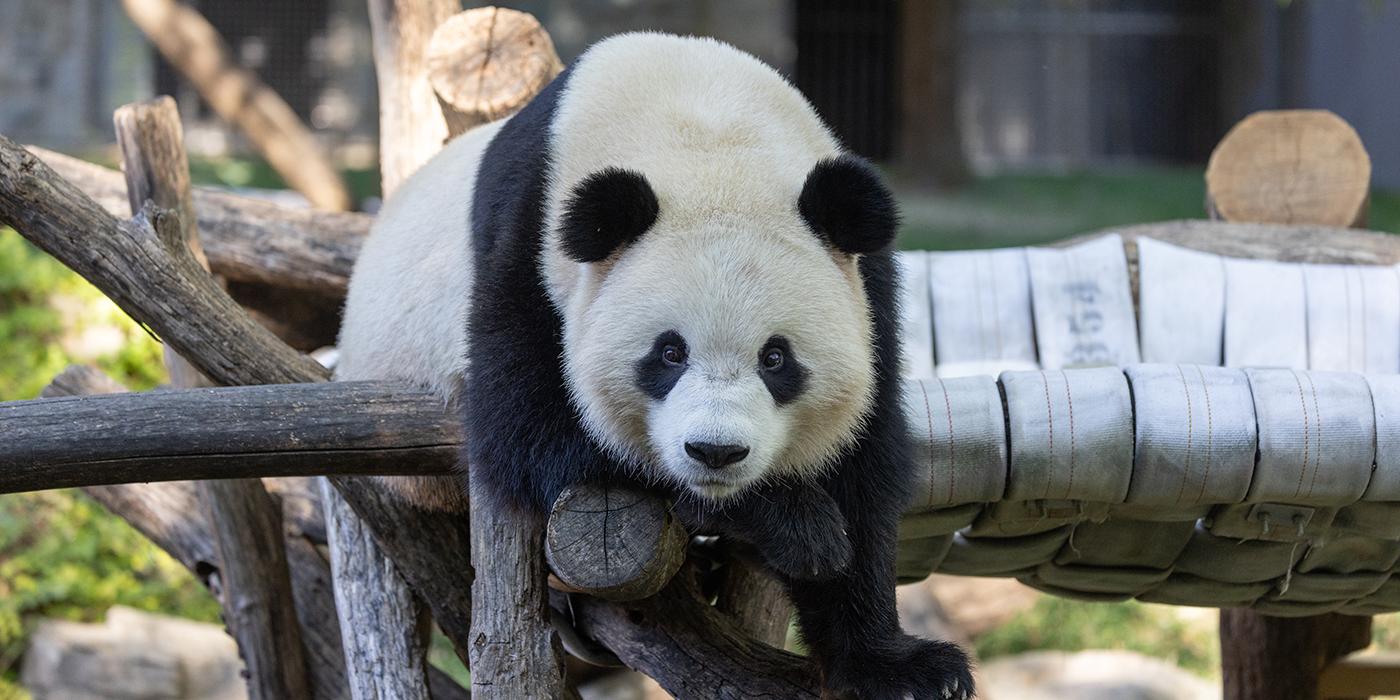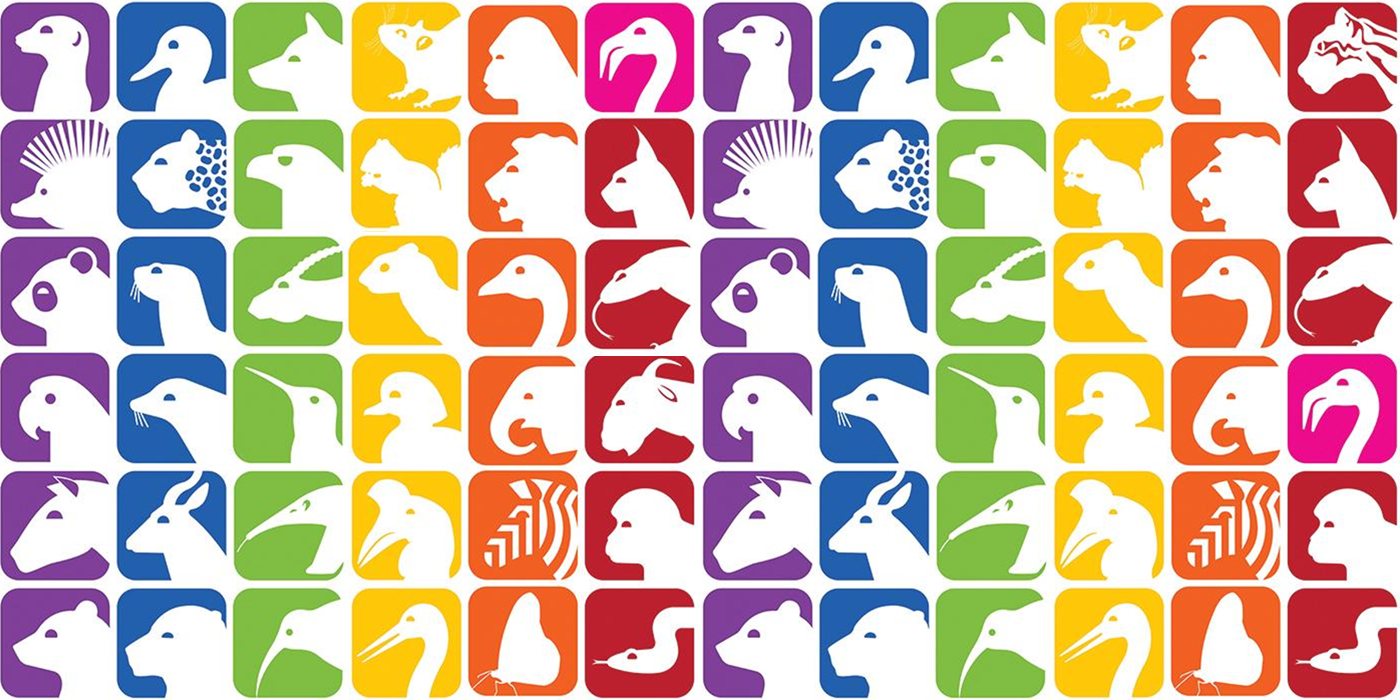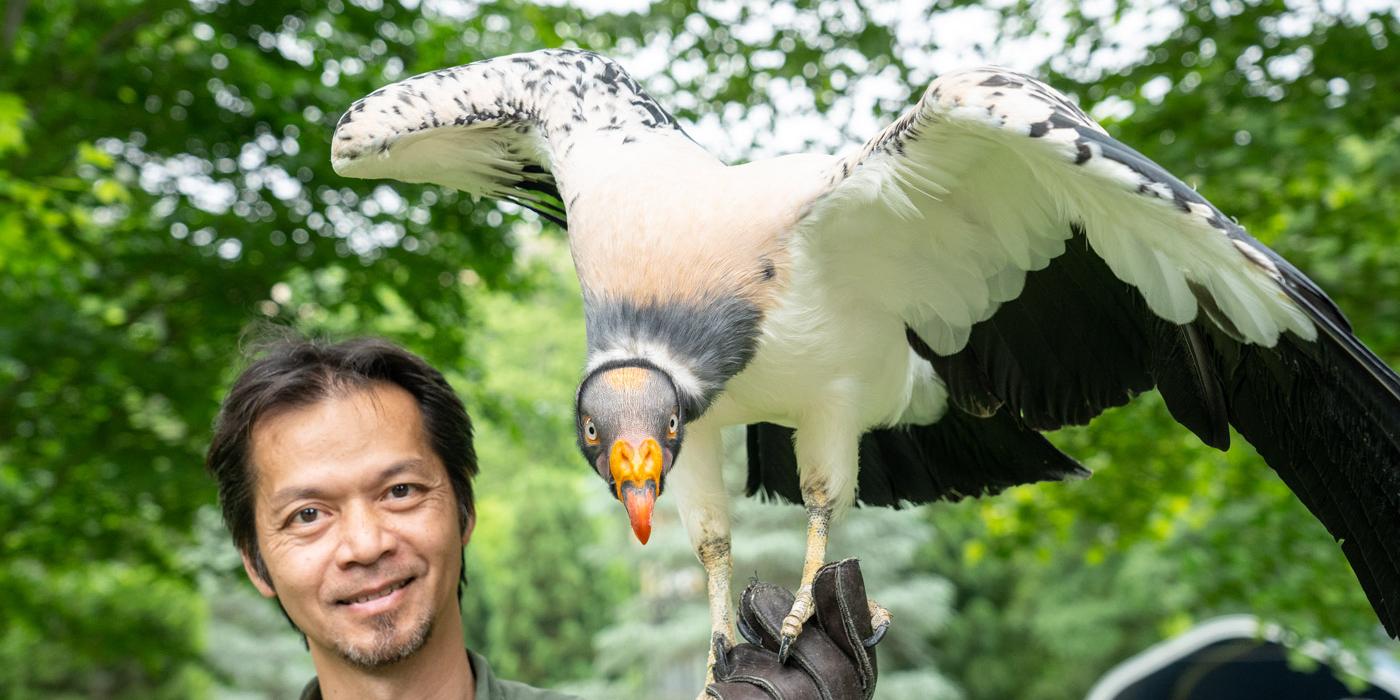Events
See what's happening at the Zoo!
Upcoming Events
International Cat Day
Visit the Great Cats exhibit and meet our scientists and animal experts while you celebrate the fascinating felines living at the Zoo.
Predator and Prey 5K Race
Save the date! On Saturday, October 4, join us for the Predator and Prey 5K, a thrilling race through the Smithsonian's National Zoo. Registration opening soon.
Today at the Zoo
Daily Animal Demos
Get a front row seat to animal keepers working with animals in these daily demonstrations! Throughout the day, you can meet elephants, watch sloth bears slurp ants, see sea lions catch fish and more.
Little Critters: Nature Play
Perfect for children ages 0-5. Explore animals and nature through creative play, with activities designed for children and their caregivers. Themes change weekly and no registration is required, so feel free to drop in anytime!
Future Events
Past Events
Host an Event at the Zoo
The wildest events in town start here. Gather your herd and head to the Zoo for your wedding reception, birthday, company picnic and more.

